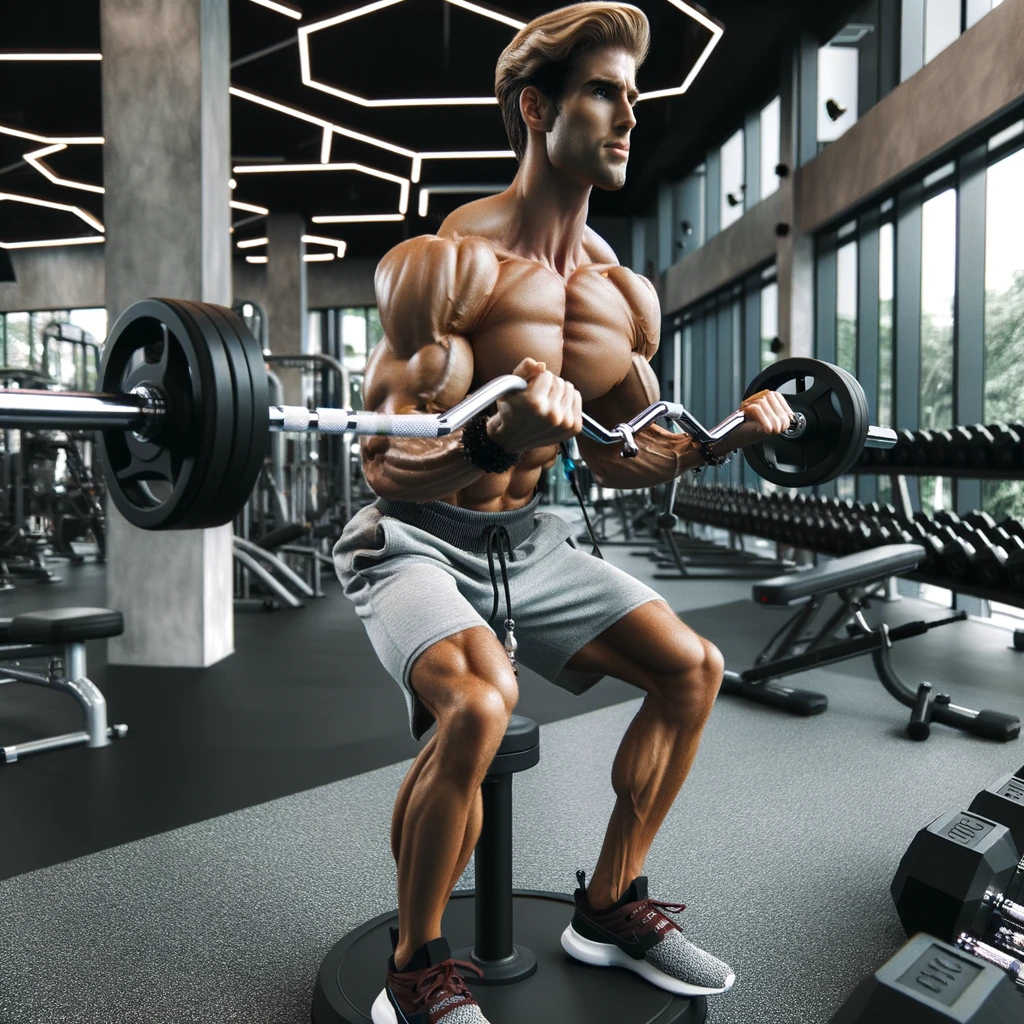The Nordic curl, also known as the Nordic hamstring curl, is a popular exercise that primarily targets the hamstring muscles, responsible for knee flexion or the bending of the leg. This effective workout strengthens the knee joint by applying controlled tension to the tendons and ligaments while also emphasizing the eccentric contraction of the hamstring muscles, making it unique among other exercises. Additionally, the Nordic curl enhances the posterior chain muscles, benefiting the lower back, glutes, hamstrings, and calves; simultaneously, the core muscles are engaged to maintain proper form and stability.
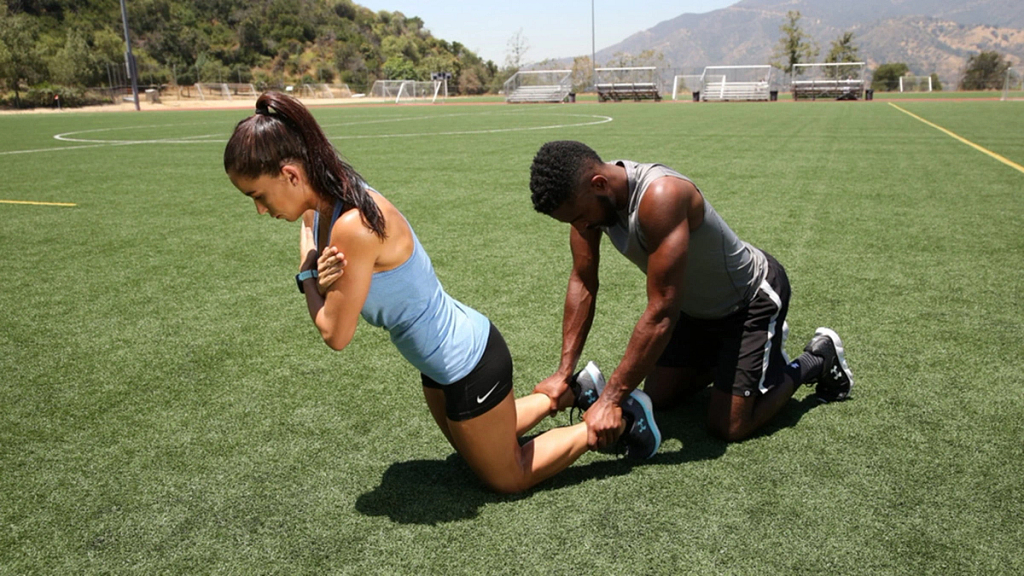
Nordic curls are known for their ability to protect the hamstring from injury by strengthening it through lengthening contractions. As a result, they are particularly useful for athletes involved in running, sprinting, and sports where hamstring strength and injury prevention are essential. This versatile exercise can be executed with minimal equipment, making it an ideal addition to various training routines ranging from beginner to advanced levels.
Incorporating the Nordic curl into a regular workout regimen can lead to significant improvements in hamstring strength, muscle hypertrophy, and overall lower body performance. By mastering this exercise and integrating it into a balanced training program, individuals will be better equipped to prevent injuries and excel in athletic pursuits that demand a strong and robust posterior chain.
Understanding the Nordic Hamstring Curl
Basics of Nordic Hamstring Curl
The Nordic Hamstring Curl, also known as the Inverse Leg Curl or Russian Leg Curl, is a versatile and effective lower body exercise that primarily targets the hamstrings. To perform this exercise, start in a kneeling position and secure your ankles. Carefully lower your body toward the floor, using your hamstrings to control the movement. This can be done at home with minimal equipment, making it an accessible exercise for many.
Benefits of Nordic Hamstring Curls
Nordic Hamstring Curls offer numerous benefits, such as strengthening the hamstrings, lower back, glutes, and calves. This strengthening exercise can help increase hamstring hypertrophy and eccentric strength, which are essential for running, sprinting, and jumping activities. Furthermore, Nordic Hamstring Curls are known for their role in injury prevention, particularly for the hamstrings and knees.
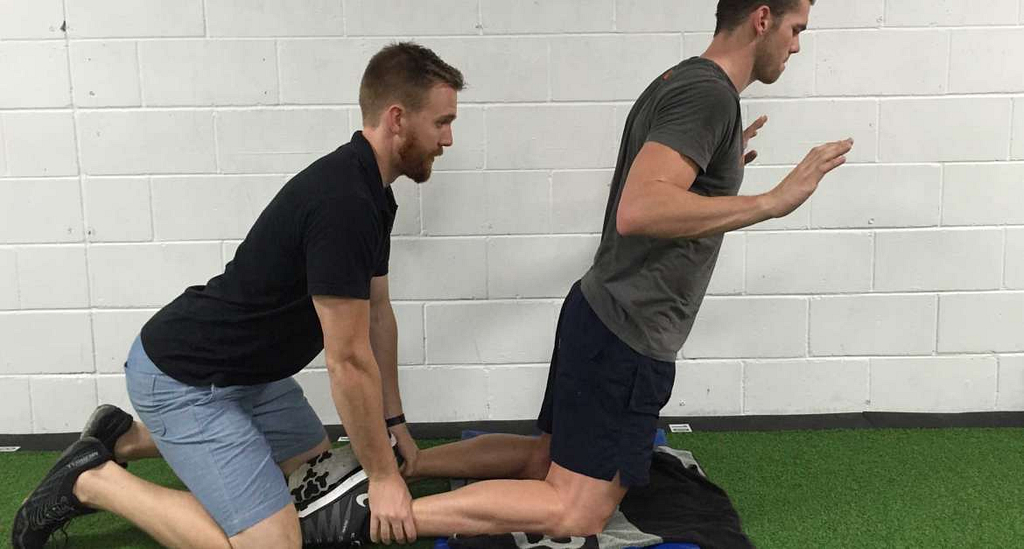
Muscles Worked by Nordic Hamstring Curl
The primary muscles worked by the Nordic Hamstring Curl are the hamstrings, which are responsible for knee flexion and hip extension. However, this exercise also targets other posterior chain muscles, including the glutes, calves, and lower back. Additionally, the core muscles are engaged throughout the movement to stabilize the body.
In summary, the Nordic Hamstring Curl is a valuable lower body strengthening exercise that primarily targets the hamstrings but also works other posterior chain muscles. Given its versatility, the ability to perform it at home, and its benefits for increasing strength, hypertrophy, and injury prevention, it’s an excellent option to incorporate into one’s fitness routine.
Equipment for Nordic Hamstring Curl
Commonly Used Equipment
The Nordic hamstring curl is a versatile exercise that can be performed using a variety of equipment to suit different fitness levels and personal preferences. One popular option is the Nordic bench, designed specifically for this exercise. The TBG Nordic Weight Bench is a good example, providing a sturdy and durable platform for performing Nordic curls.
Another approach is to use a lat pulldown machine. By adjusting the machine’s leg pad to secure your ankles, you can perform Nordic hamstring curls effectively. It’s essential to ensure that the machine is stable and can support your body weight throughout the exercise.
For a more portable solution, you can consider the Freak Athlete Essentials Nordic Mini, a compact and lightweight piece of equipment that is easy to setup and store.
Using Resistance Bands
Incorporating resistance bands into your Nordic hamstring curl routine can make the exercise more challenging and beneficial. You can use them in a few different ways, such as:
- Assistance: Loop a resistance band around a sturdy anchor point above you, and hold onto it while performing the curl. This will provide support and make the movement slightly easier, allowing you to focus on proper form and technique.
- Additional Resistance: Attach a resistance band around your ankles and a fixed object in front of you, then perform the Nordic hamstring curl. The band will add tension, making the exercise more challenging and increasing the muscle activations in your hamstrings.
Remember to choose a resistance band with the appropriate level of tension for your fitness and strength level. Furthermore, make sure to anchor the band securely to prevent accidents and injuries during the exercise.
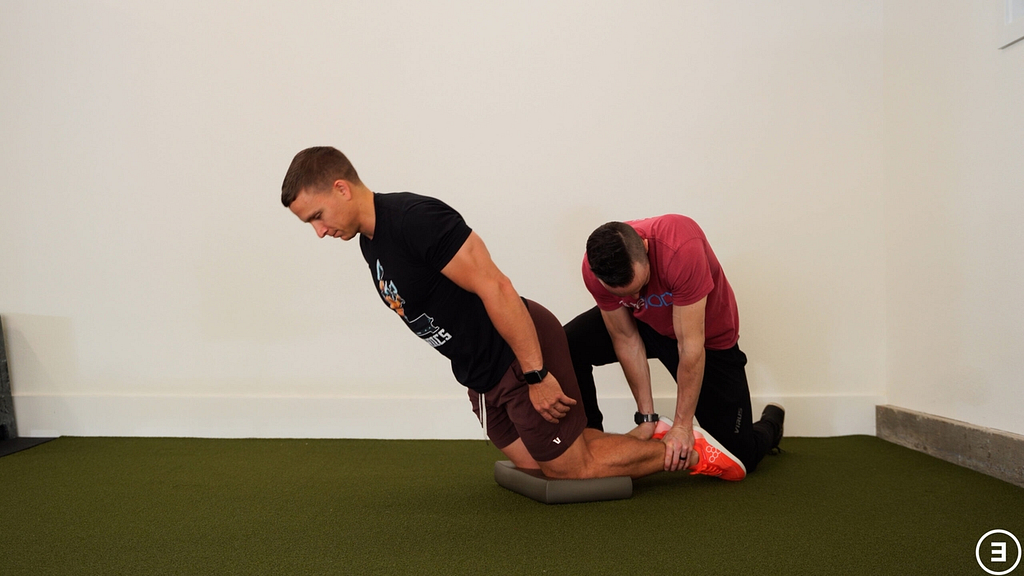
Execution of the Nordic Hamstring Curl
Setup for Nordic Hamstring Curl
The Nordic Hamstring Curl is an effective bodyweight exercise that targets the hamstrings and hip extension. To set up for this exercise, start by kneeling on a padded surface with your feet secured under a sturdy object or a partner’s hands. Make sure your body is upright and maintain a tight core throughout the movement.
Nordic Hamstring Curl Variations
There are several variations of the Nordic Hamstring Curl that can add variety and challenge to your workout.
- Assisted Nordic Hamstring Curl – Use a resistance band looped around your chest and anchored to a sturdy point in front of you. This provides additional support and allows you to focus on maintaining proper form.
- Single Leg Nordic Hamstring Curl – Perform the exercise using only one leg at a time, engaging your glutes and hamstring while maintaining balance throughout the range of motion. This variation increases intensity and requires more stability and control.
- Elevated Nordic Hamstring Curl – Place your hands on an elevated surface, such as a box or bench, to increase the range of motion and challenge the hamstrings further.
Proper Form and Common Mistakes
To perform the Nordic Hamstring Curl with proper form:
- Begin by kneeling with your feet anchored and core engaged.
- Slowly lower your torso forward, maintaining a straight line from your knees to your head, and extending your hips.
- As you reach the bottom of the movement, use your hamstrings to control the descent and prevent your body from collapsing to the floor.
- Return to the starting position by actively contracting your hamstrings and pulling your upper body back up.
Common mistakes to avoid while performing the Nordic Hamstring Curl include:
- Allowing the hips to bend, which disengages the hamstrings.
- Descending too quickly and not maintaining control throughout the movement.
- Not engaging the core, leading to a loss of spinal alignment and potential strain on the lower back.
By following these guidelines, you can execute the Nordic Hamstring Curl effectively, safely, and with confidence. Remember to start with a moderate range of motion and gradually progress as your strength and technique improve.
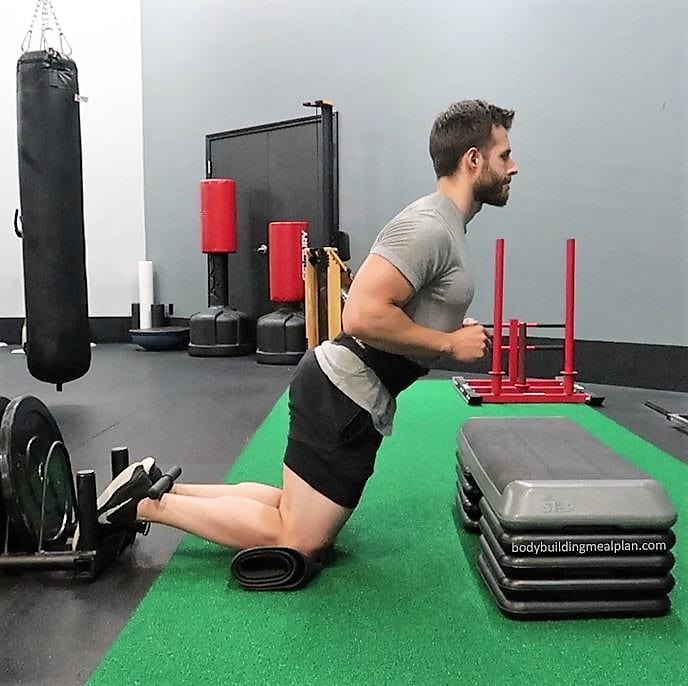
Nordic Hamstring Curl for Different Fitness Levels
The Nordic Hamstring Curl is a versatile exercise that targets the hamstrings, glutes, and lower back muscles. It is an effective workout for strengthening these muscle groups and has several variations suitable for different fitness levels. In this section, we will discuss the implementation of the Nordic Hamstring Curl for both beginner and advanced levels.
Beginner Level
For those new to this exercise, it is essential to start with a proper technique to avoid injury. Beginners should focus on the following steps:
- Find a suitable anchor for your feet (e.g., a partner, a machine, or a heavy object).
- Begin in a kneeling position, with your body upright and core engaged.
- Slowly lower your torso forward while keeping your hips and knees aligned.
- Once you have reached your maximum range of motion, use your arms to support your body while maintaining tension in your hamstrings.
- Slowly return to the starting position, using your arms to assist if needed.
As a beginner, you may find the natural progression of the exercise challenging. To improve your strength and technique, consider incorporating the following modifications:
- Use a resistance band to assist in the lowering and raising phases of the exercise.
- Decrease the range of motion by placing a cushion or pad in front of you to reduce the distance you need to lower your body.
Advanced Level
For those experienced with the Nordic Hamstring Curl, there are various ways to progress and increase the difficulty. Advanced variations include:
- Perform the exercise without using your arms for assistance, relying solely on your hamstring strength.
- Incorporate a pause at the midpoint of the lowering phase, which will challenge your muscles and increase time under tension.
- Increase the range of motion by placing an elevation under your knees, like a step or a foam pad.
- Add weight to your back or chest to intensify the exercise and further engage your muscles.
As an advanced exerciser, continued progression is essential to avoid plateaus and maintain muscle growth. Implementing these additional challenges will help increase the intensity, effectiveness, and versatility of your Nordic Hamstring Curl workouts. Remember to always prioritize proper form and technique to maximize results and prevent injury.
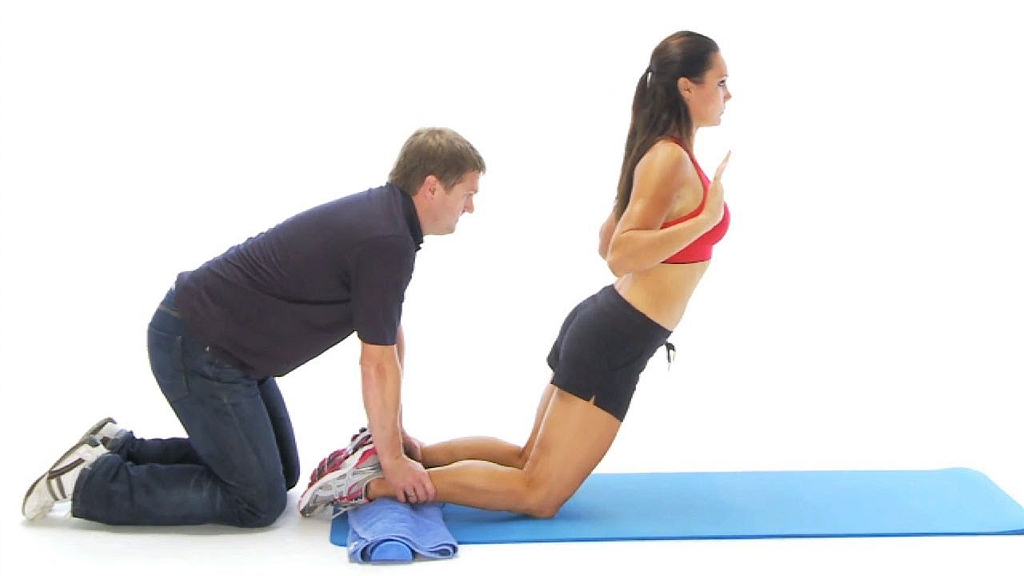
Nordic Hamstring Curl for Injury Prevention
Dealing with Hamstring Injuries
Hamstring injuries are a common issue for athletes and active individuals. One effective way to reduce the risk of these injuries is by incorporating the Nordic hamstring curl into one’s training routine. According to a review published in the British Journal of Sports Medicine, the Nordic hamstring exercise can decrease the risk of injury by 51 percent.
The Nordic hamstring curl is a strength exercise that targets the hamstring muscles, providing them with stability and support during dynamic movements. This, in turn, helps to prevent hamstring strains and tears, which are common sources of discomfort and downtime for athletes. Additionally, the increased strength provided by the Nordic hamstring curl can improve overall performance in sports involving running and sprinting.
Improving Mobility and Flexibility
Another significant aspect of injury prevention is ensuring optimal mobility and flexibility. The Nordic hamstring curl is known for promoting both of these attributes in the muscles it targets. Proper execution of this exercise requires full range of motion, thereby naturally enhancing the mobility and flexibility of the hamstrings, as well as promoting dorsiflexion in the ankle joint.
The increased mobility and flexibility gained from performing the Nordic hamstring curl can lead to improvements in overall athletic performance and a lower risk of injury. With adequate strength, stability, and flexibility, individuals are better equipped to withstand the strains and stresses associated with rigorous physical activity.
In summary, incorporating the Nordic hamstring curl as part of a well-rounded training program can lead to a significant reduction in the risk of hamstring injuries, as well as improved mobility, flexibility, and athletic performance. It is a valuable addition to any athlete’s toolkit, providing increased stability and protection to the hamstring muscles during various demanding activities.

Post-Workout Recovery and the Nordic Hamstring Curl
Incorporating the Nordic hamstring curl into a training routine can contribute to effective post-workout recovery and improved performance. This exercise targets the hamstring muscles which play a vital role in movements such as sprinting and jumping. Strengthening these muscles can aid in injury prevention and overall muscle balance.
One of the benefits of the Nordic hamstring curl is its ability to emphasize the eccentric contraction of the hamstrings, helping to enhance muscle hypertrophy and recovery. The eccentric phase of an exercise is when the muscle lengthens under tension, which has been linked to reduced muscle soreness and increased muscle adaptation.
In addition to the benefits on hamstring development, the Nordic hamstring curl can also indirectly affect the body’s core stability. While the focus of the exercise is primarily on the hamstrings, maintaining proper form during the movement engages the abdominal muscles, lower back, and glutes. This provides a more comprehensive workout, integrating core muscles to support overall recovery and functional strength.
To maximize post-workout recovery, it is essential to pay attention to factors such as nutrition, hydration, and sleep. Consuming a balanced meal within 1-2 hours after your workout can facilitate muscle repair and growth. Proper hydration throughout the day helps flush out toxins and maintain the balance of electrolytes in the body. Adequate sleep is crucial for the body to repair and regenerate muscle tissue.
In conclusion, the Nordic hamstring curl is a valuable addition to any workout routine, for both its targeted strengthening of the hamstrings and the supplementary benefits for core stability and recovery. To reap the full rewards of this exercise, ensure you maintain good form, prioritize recovery techniques, and integrate a well-rounded approach to training.

Comparing Nordic Hamstring Curl with Other Hamstring Exercises
7 Best Hamstring Exercises
The Nordic hamstring curl is a highly effective hamstring exercise that focuses on eccentric contraction and muscle hypertrophy, making it a favorite among athletes and fitness enthusiasts. However, it is not the only hamstring exercise worth incorporating into your workout routine. Here are 7 other hamstring exercises to consider:
- Deadlifts: well-known for improving overall strength and targeting the hamstrings, lower back, and glutes.
- Leg curls: can be performed on a lying, seated, or standing leg curl machine, isolating the hamstring muscles.
- Romanian Deadlift: focuses on hip extension with an emphasis on the hamstrings and glutes.
- Glute-Ham Raises: similar to the Nordic hamstring curl but with added support. This exercise offers a greater range of motion and can be modified for differing skill levels.
- Single-leg Deadlift: an excellent unilateral exercise that targets the hamstrings, glutes, and lower back.
- Swiss Ball Hamstring Curl: focuses on hamstring and glute activation by utilizing a Swiss ball for added core activation.
- Slider Leg Curl: done on a smooth surface with towels or sliders, this exercise challenges the hamstrings through eccentric and concentric contractions.
Performing Inverse Leg Curl
The inverse leg curl, also known as the Nordic hamstring curl, is a versatile bodyweight exercise that specifically targets the hamstrings while aiding in injury prevention. To perform this exercise:
- Kneel on the ground or a soft mat with someone holding your ankles firmly, or anchor your feet under a secure surface.
- Slowly lower your upper body towards the ground, keeping your thighs as vertical as possible while engaging your hamstrings.
- When you have reached your lowest point, use your hamstring and glute strength to return to the starting position.
It is essential to maintain proper form during the inverse leg curl, as it will protect against injury and ensure maximum hamstring engagement. Perform several sets with a controlled, slow tempo to ensure you reach muscle hypertrophy and boost your eccentric strength.

Frequently Asked Questions
What are the benefits of Nordic curls?
Nordic curls are a highly effective exercise for strengthening the hamstrings and improving athletic performance. They focus on eccentric contraction, which requires significant muscle control and strength. This can result in increased lower body strength, muscle coordination, and enhanced mind-muscle connection. Additionally, Nordic curls can help prevent injuries and improve functional fitness.
How do Nordic curls compare to hamstring curls?
While both exercises target the hamstrings, Nordic curls primarily focus on eccentric strength, whereas hamstring curls involve both concentric and eccentric contractions. Hamstring curls are typically performed using a machine or resistance band, while Nordic curls require minimal equipment. Overall, both exercises can be effective for hamstring development, but Nordic curls may offer additional benefits due to their unique eccentric focus and minimal equipment requirement.
What’s a good Nordic curl alternative?
A suitable alternative to Nordic curls is the glute-ham raise. The glute-ham raise targets similar muscle groups but offers a greater range of motion and can be modified more easily to suit individual fitness levels. Additionally, glute-ham raises are often performed on a specialized machine, allowing for better support and control during the exercise.
What equipment is needed for Nordic curls?
Minimal equipment is required for Nordic curls. You will need something to secure your feet and ankles, such as a partner’s hands, a heavy object, or a dedicated ankle support. Additionally, using a pad or folded towel under your knees can provide extra protection and comfort during the exercise.
How can I progress in Nordic curls?
Progress in Nordic curls can be achieved by increasing the eccentric load and improving control over the movement. Gradually lowering your torso at a slower pace and maintaining a neutral spine throughout the exercise will help build eccentric strength. Additionally, incorporating resistance bands or adding a weighted vest can increase the difficulty and enhance your progress.
How to perform Nordic curls at the gym?
To perform Nordic curls at the gym, find a suitable anchor point for your feet, such as a heavy piece of equipment or a partner. Kneel on a pad or folded towel, ensuring your hips are locked and your spine is neutral. Secure your feet and ankles, then lower your torso forward to the floor with control. As you improve, focus on maintaining a slower pace and a straight body alignment throughout the exercise.
- Why is My Poop Black: Uncovering the Causes and Solutions - December 21, 2023
- Clear Protein Drinks: Optimal Hydration and Muscle Support for Athletes and Fitness Enthusiasts - December 21, 2023
- Does Apple Juice Make You Poop: Uncovering the Digestive Effects - November 29, 2023

